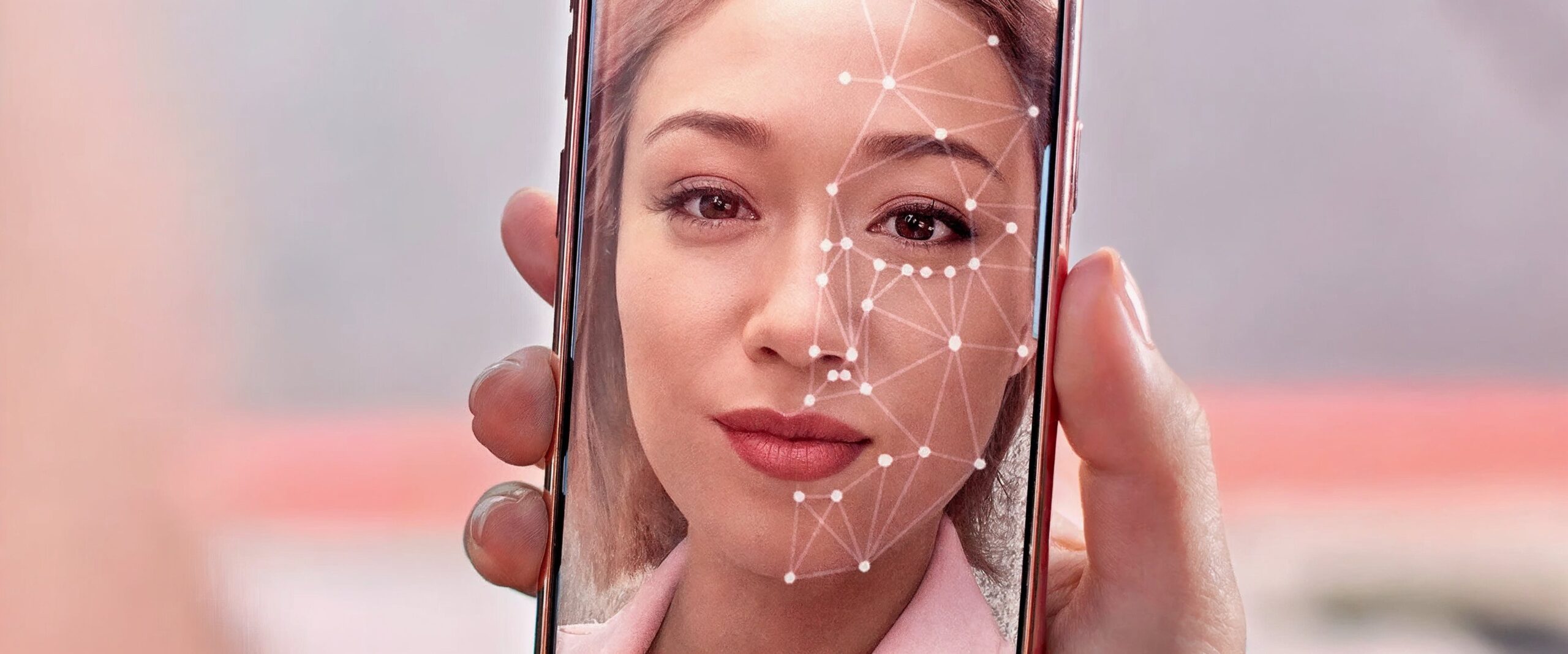If big brands are using AI imagery in innovative ways, why aren’t you?
AI imagery is taking social media by storm. Sure, Kate Middleton’s Photoshop efforts were a bit of a fail (and yes, she’s a big brand), but let’s look at some of the more serious players.
Nike
Nike has used AI imagery to create personalised ads for customers based on their preferences and past purchases. The brand’s “On-Demand Ads” campaign generated unique images of sneakers in various colour combinations, with the customer’s name printed on the shoe.
IKEA
IKEA has experimented with AI imagery to create photorealistic images of furniture in various settings. This allows customers to visualise how the furniture would look in their own homes, without the need for physical showrooms or product photography.
Adidas
Adidas has used AI generated images to create virtual influencers and models for its marketing campaigns. These computer-generated characters wear Adidas clothing and promote the brand’s values and messaging in a unique and eye-catching way.
L’Oréal
L’Oréal has partnered with AI company ModiFace to create virtual try-on experiences for its makeup products. Customers can use their smartphone cameras to see how different makeup shades and products would look on their faces without having to physically try them on in-store.
Volvo
Volvo has created a virtual showroom for its electric vehicle, the XC40 Recharge. Customers can explore the car in a 360-degree virtual environment, customise its features, and even take a virtual test drive.
These brands demonstrate how AI imagery can be used in various ways to enhance the customer experience, drive engagement, and create compelling marketing campaigns.
By embracing AI, brands can stay ahead of the curve and meet the evolving needs of today’s digital-savvy consumers.

